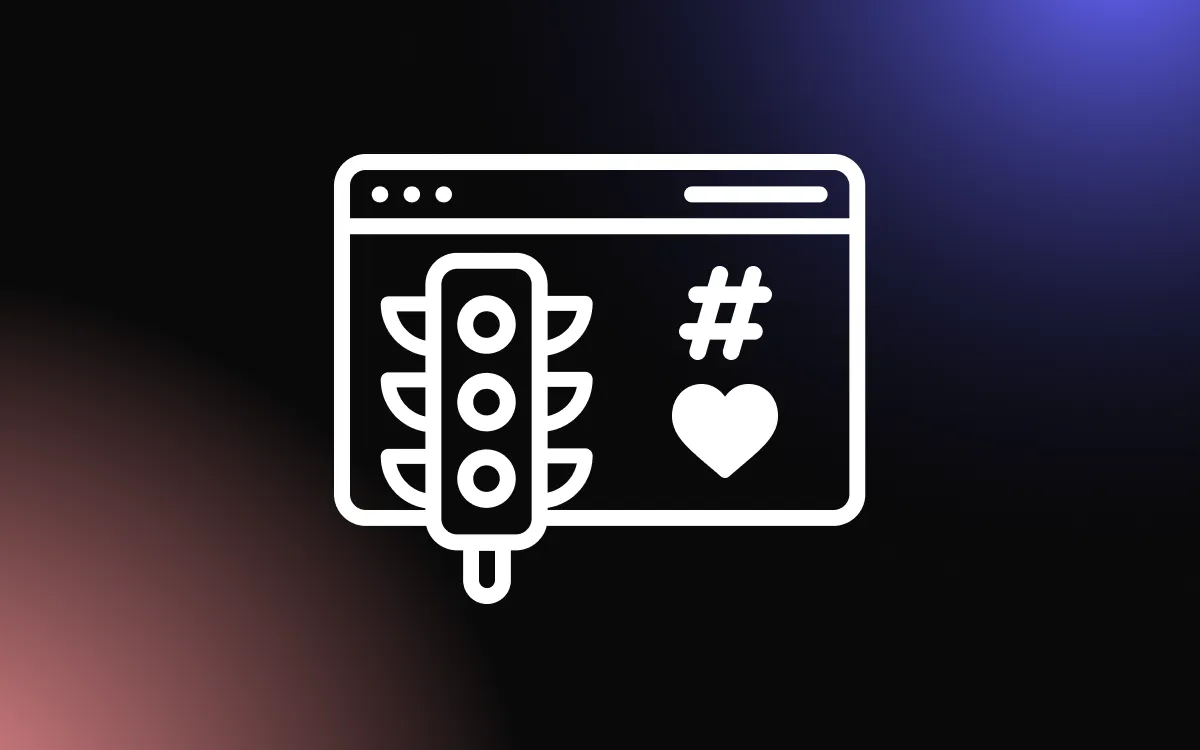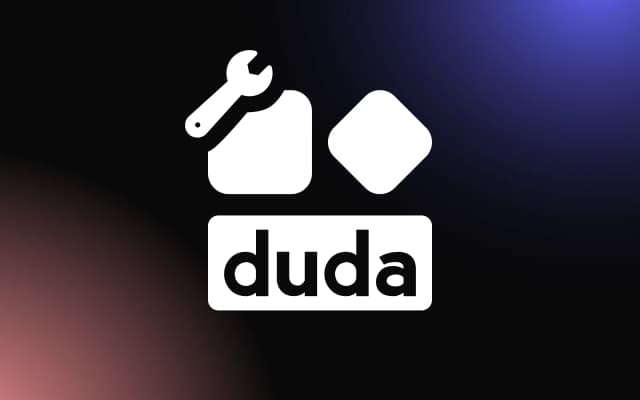
Twitter was and still is a major social media platform. It has established itself over the years, and while there have been issues with the platform, it has maintained a steadily increasing user base which includes anyone from government officials, to movie stars, to pop stars, and everyone else.
Recently, there has been news of turmoil and tribulations at Twitter, following Elon Musk’s acquisition of it. And, while Mask claims to desire to improve Twitter, his latest actions have turned many away from the platform.
The uncertainty of the future of the platform that followed this has led many to seek alternatives.
Mastodon is one of the top alternatives for Twitter. It has been around since 2016 but has only recently been really put under the spotlight.
It has many benefits over Twitter, as well as some limitations, and in this article, we are going to introduce you to Mastodon — a great Twitter alternative that you should be looking into.
What is Mastodon?

Mastodon is a free and open-source software for running self-hosted social networking services. It was created by Eugen Rochko in 2016, and as of November 2022, it has 1.6 million active users and 5,200 running servers.
In Mastodon, each user is a member of a specific Mastodon instance (also called a server) — these servers are usually based on a theme, a subject of interest, or a region. This instance is independent of other instances and has its own rules, code of conduct, terms of service, privacy options, and moderation policies.
Essentially, Mastodon uses community-based moderation, in which each server can limit, or filter out undesirable types of content.
According to its creator, “small, closely related communities deal with unwanted behavior more effectively than a large company’s small safety team.”
Additionally, Mastodon is part of the Fediverse, which is an ensemble of federated (interconnected) servers that, while independently hosted, can communicate with each other.
This is intended to give users the flexibility to select a node whose policies they prefer, but keep access to a larger social network, making it a user-friendly product, with no central authority.
The reason it is often considered a Twitter alternative is that it has microblogging features similar to Twitter, and, furthermore, the messages posted using the software are called “toots” (a clear reference to Twitter’s “tweets”).
Why Should You Use Mastodon?

There are a number of reasons why you should consider using Mastodon as your Twitter alternative, namely because of the following:
It’s Free
Yes, Mastodon is free to use. And, while Twitter is, too, the new monthly payment policies that Elon Musk is introducing, may be a hindrance for many users.
It’s Open Source
Mastodon is open source, and there are some benefits to this. Given the open nature of the code and its transparency, and the ability to access it, it’s easy, for a dedicated, active community of developers to go over it and find elements that may be breaching user privacy, like patch exploits.
This, therefore, can ensure that user data is not harvested and that users are not spied on.
The open-source angle also makes it so that should something happen to the main developer, or if they decide to abandon the project, someone else can step up and take over.
Fun fact: Donald Trump’s social media platform, Truth Social, was launched using Mastodon’s code. They tried to claim it was original software but failed.
It Has No Ads
Mastodon wasn’t designed to generate money, and as such, there’s no tracking and no ads on Mastodon, nor are there sponsored posts or suggested posts. Users can contribute, however, should they choose to, as there are various instances that have Patreon pages so that people who enjoy the server can contribute to its upkeep and improvement.
Its Moderation Options
Each instance has its own code of conduct, terms of service, privacy options, and moderation policies. Instance admins can decide what rules they want to enforce on their servers and this helps create a safer space for users. If you don’t like one instance, you can go to another.
A good example of these rules is mastodon.social (mastodon’s instance), which bans content that is illegal in Germany or France, including Nazi symbolism, Holocaust denial, and incitement of violence against Jews.
Additionally. Mastodon’s structure enables instances to block communication with other instances. So, should one instance indeed promote hateful speech, the instance admins of other instances can simply block communication with that particular instance — ostracizing in essence.
Its Features
Mastodon has interesting and unique features that may be interesting to new users or users who are tired of certain features on other platforms. These are just some of them:
Multiple Hashtag Search
It is possible to search for multiple hashtags at once, instead of searching for just a single hashtag.
Message Aggregation
Another great feature is how Mastodon aggregates messages. It has three timelines (which we’ll discuss later) and it sorts messages chronologically. This is the opposite approach to what Twitter and Facebook offer, where they have algorithms that are designed to change the content you see upon refresh for better engagement.
Message Character Limit
Yet another Mastodon feature is that you can write 500-character-long texts, instead of the 280-character limit on Twitter, for example.
Its Decentralization
In Mastodon, there’s no one owner. The instances ensure that there’s a diverse decentralization, and should a user find one instance offensive, they can move to another without leaving the overall Mastodon experience. There are migration tools that can make this process even easier.
Mastodon: Pros & Cons

As with any technology, there are pros and cons to it.
Pros
- User scrutiny: New users can (and should!) scrutinize a server before they join it. It’s easy to do so by looking at how long the server has been around, checking its moderation policy, its rules against hate speech, the existence of backups, etc.
- Vetted servers: In addition to the above, there are vetted servers on Mastodon’s home page. These must confirm and agree to the Mastodon Server Covenant, which requires “active moderation against racism, sexism, homophobia, and transphobia”.
- Blocking other instances: Mastodon allows admins to block other instances, for example, hateful ones.
- User interface:
- There’s an option to hide a portion of the post behind a screen, that the user can remove (good for hiding jokes and spoilers, or for hiding controversial posts).
- There’s an ability to filter messages based on keywords.
- Not revenue-focused: as opposed to other platforms, like Twitter, which are focused on making money, and whose business model is clearly built around it (ads, promoted posts, sponsored posts, algorithms to bring certain posts forward, tracking, etc.), Mastodon is not revenue-focused, and therefore, doesn’t have any ads.
- Great community: while some may argue that Twitter is bigger, there’s no denying that in general, Mastodon’s community is very friendly, and since communities revolve around similar interests, it is even better for communicating with like-minded people.
- More personal experience: following on the topic of a great community, Mastodon provides a more personal experience with smaller communities and niche or interested-based instances.
- Fediverse: The beauty of Mastodon is that any Mastodon user can interact with users on any other server in the Fediverse that supports ActivityPub, therefore, communication is not limited only to Mastodon.
Cons
- Dependency on server: while there are pros to having different instances, it also creates a dependency on the server, and should the owner decide to close the server, the user could lose relevant data, correspondence, etc.
- Dependency on server admins: just like there is a dependency on the server in general, there is also dependency on the server’s admins. They have full control over the users, and as such, can delete a user’s account (even if there’s no reason for it). This is why it’s important to check the servers really well before joining.
- Small user base: Mastodon’s user base is fairly small. As of November 2022, it has around 1.6 million active users. While it’s no small number, it certainly doesn’t stand close to Twitter’s roughly 400 million users (even if there are bots there).
- Slow: This is not necessarily a persistent issue, but given the sudden influx of users after Elon Musk’s Twitter shenanigans, the software was having performance issues, including slow loading times.
Mastodon vs. Twitter

So, is Mastodon better than Twitter? Yes and no. There’s no definitive answer to this question.
It certainly has lots of interesting and unique features that many will find pleasing, like showing posts chronologically, having the ability to search using multiple hashtags, etc. On the other hand, its small user base and specific architecture may be hard for others to adjust to. Whether you may like it or not, is really up to you. We suggest you at the very least try it, so you can form your own opinion.
How To Join Mastodon

So, now that you’ve learned a little more about Mastodon, are you ready to take the plunge and try it out? Here’s how you do it.
Go to https://joinmastodon.org/, and click on “create account”. Then, you’ll be taken to a page with vetted servers that you can join.
Also, there’s a nifty little tool that can help you choose an instance, out of the thousands available (5.6K according to latest figures), following a short questionnaire. To use it, go here: https://instances.social/.
There are also several mobile apps available for Mastodon — Android, and iOS. You can check them out here: https://joinmastodon.org/apps
How To Use Mastodon

Here are some things that you should know about using Mastodon.
Messages (Toots):
The messages on Mastodon are called Toots. You can set the privacy of a toot, and make it either public, unlisted, follower-only, or direct. The default is public. The basic, Mastodon-specific, lingo for toots that you should know is “boost” and “favorite”. Boosting a Toot re-reshares it with your followers while favoriting a Toot, is akin to hearting/liking it. One note, however — you cannot add commentary to a boosted Toot.
Timelines
Mastodon has three timelines – Home, Local, and Federated.
- The Home timeline – this timeline shows Toots from all the people you follow from across the Fediverse.
- The Local timeline – this timeline shows Toots all the public Toots from your instance.
- The Federated timeline – this timeline shows Toots from all instances that your server is federated with.
Moderation Tools
There are plenty of moderation tools available on Mastodon. First, you can report any inappropriate Tood to the instance’s admin. Then, you have the option to apply personal moderation options, and these include options like:
- Mute – which will stop you from seeing Toots from a particular account.
- Block – which will prevent a particular account from being able to interact with you.
- Report – This will send a report to the instance’s admins.
Filters
You can enable filters to filter your content. You can do so by keyword (which will prevent Toots with certain words, hashtags & topics from appearing on your feed),
Add Mastodon Feeds to Your Website

Now that you’ve learned about Mastodon, and are interested in keeping your website updated with Mastodon feeds, check out Common Ninja’s Mastodon Feeds widget, it’s free!
Common Ninja’s Mastodon Feed widget is a great tool for gathering all of your Mastodon feeds into a single, beautifully designed page that will make reading your Mastodon posts super easy. With it, you can group different Mastodon feeds in an orderly fashion that will be pleasing to the eye.
The Mastodon Feed widget is easy to use, requires no coding knowledge, and comes with full customization options. It is fully responsive and features multiple layouts and skins, “ticker” animation, different feed types, auto-refresh and more!
Additionally, you may, perhaps, also find these widgets useful:
Conclusion
Whether Mastodon is an ideal alternative to Twitter, is a subjective view and you should at the very least give it a try and decide for yourself.
It has its pros and cons and is one of the more popular available choices currently. It has some unique features that may be really interesting to some users.
Should you decide to use Mastodon and find yourself in need of a Mastodon feed widget for your website (on whatever platform), be sure to check the Common Ninja Mastodon Feed widget. It’s free, easy to use, and fully customizable.


